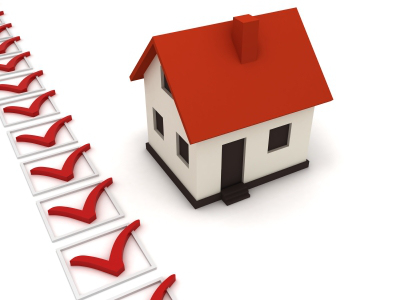Adding on to the previous set of posts, here is a collection of more terms of Real Estate.
Property Terms – D & E
Developer
An entrepreneur who has an interest in a property, initiates its development and ensures, that it is carried out ( for occupation, investment or dealing) and from the outset accepts the responsibility for providing or procures the requisite funds needed to finance the whole project.
Development control
The powers of a local planning authority to control the development and use of a land.
Development yield
In a valuation to ascertain a ground rent, the rate at which costs are decapitalised to find the annual deduction from the occupation rents.
Discounted cash flow analysis
Techniques used in investment and development appraisal whereby future inflows and outflows of cash associated with a particular project are expressed in present-day terms by discounting. The most widely used forms of DCF are the internal rates of return (IRR) and net present value (NPV). The techniques may be used for such purposes as the valuation of land and investment, the ranking of projects or their components.
Effective rent
The gross rent payable per month by the occupiers which includes the base rent, maintenance charges, imputed costs of loss of interest on security deposit and rental advance. The effective rent indicates the total cash outflow of an occupier every month on account of leasing any property.
Equity linked mortgage
A mortgage whereby the interest on the principal in part or in whole is calculated, usually yearly, by reference on the security. It may reflect annual increase or possible decreases, in the annual return on, or the value of, the property in which the mortgage is secured.
Escalation clause
Specified in lease agreements wherein renewals of lease period are built in. It involves an increment in the base rent at every renewal of a lease agreement and is generally a percentage rate that is either pre agreed or negotiated before the renewal of the lease agreement.
We will continue updating you on more such terms in the coming week.

